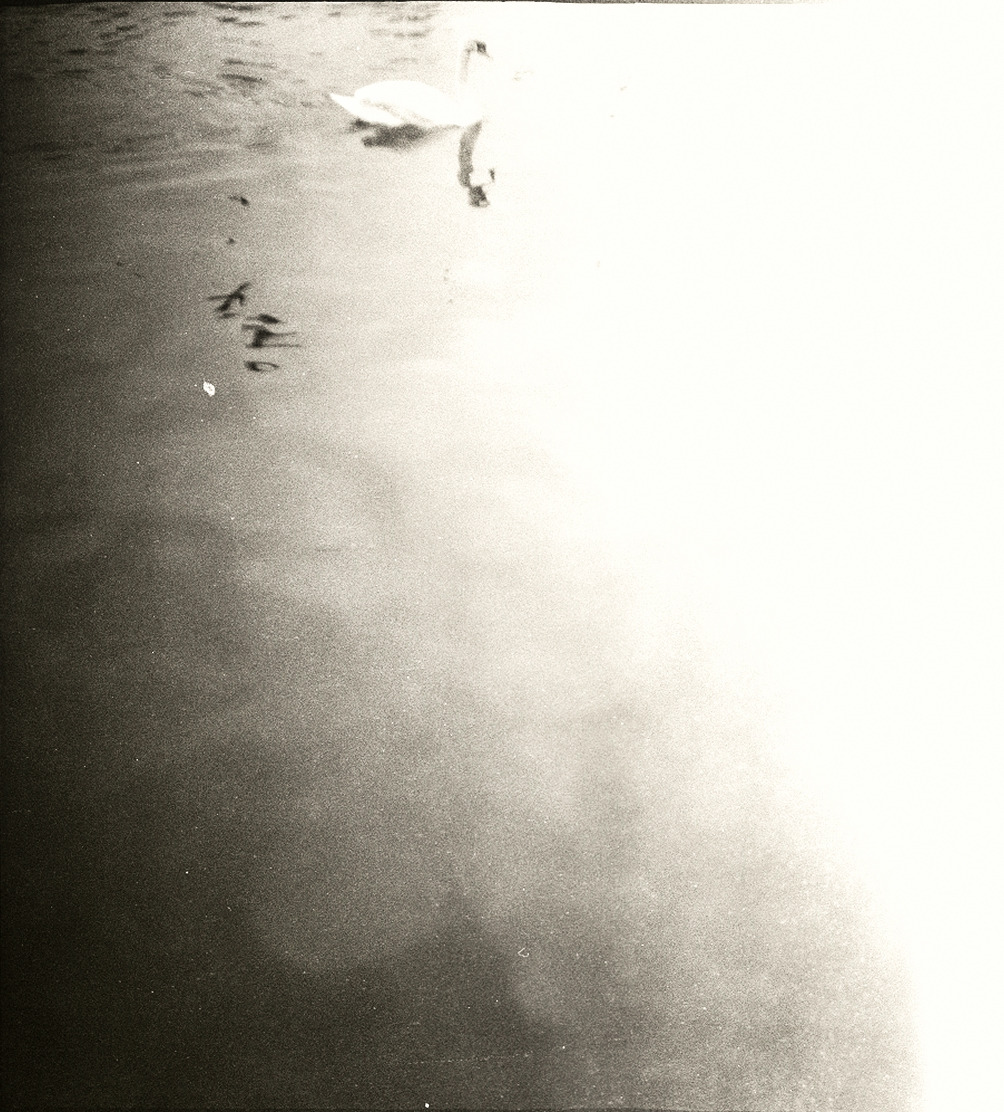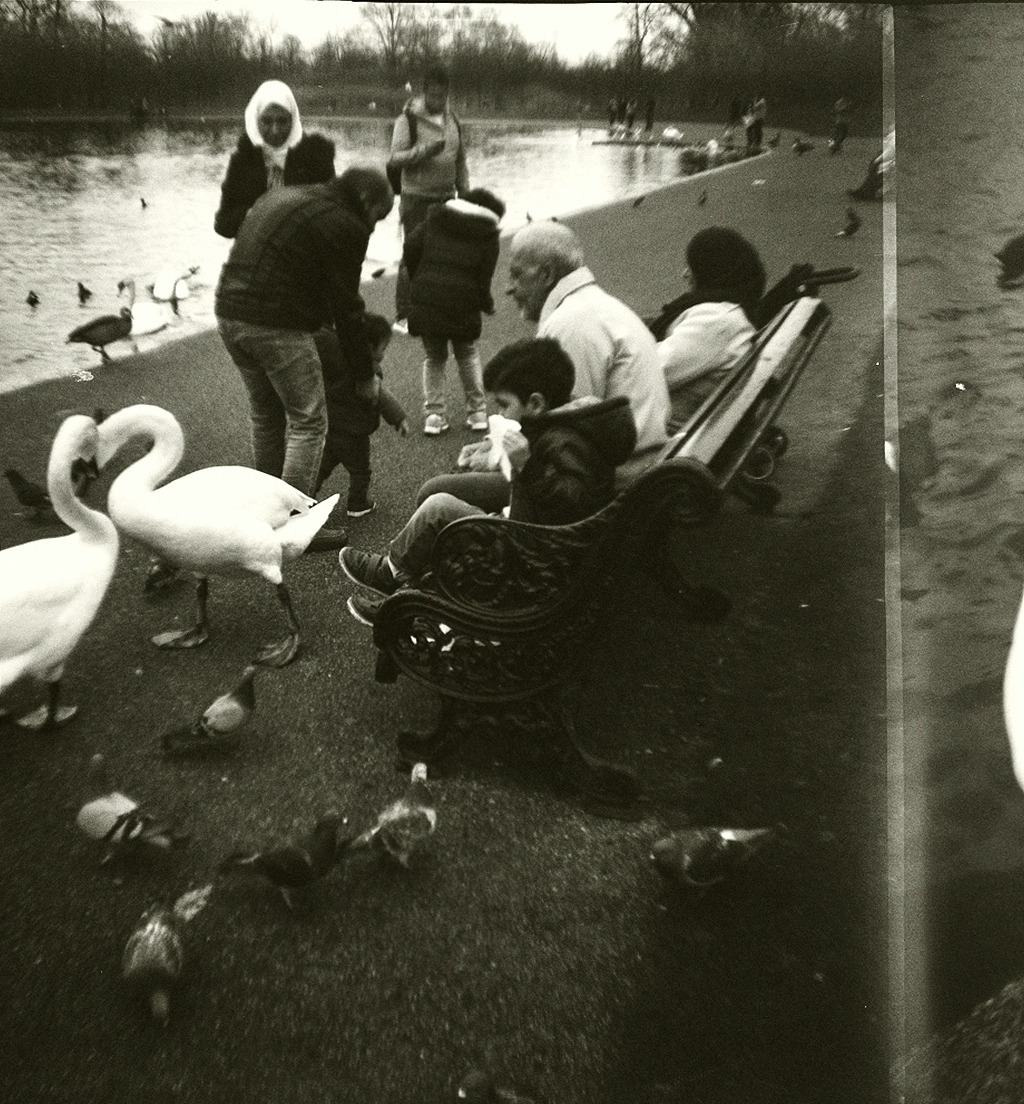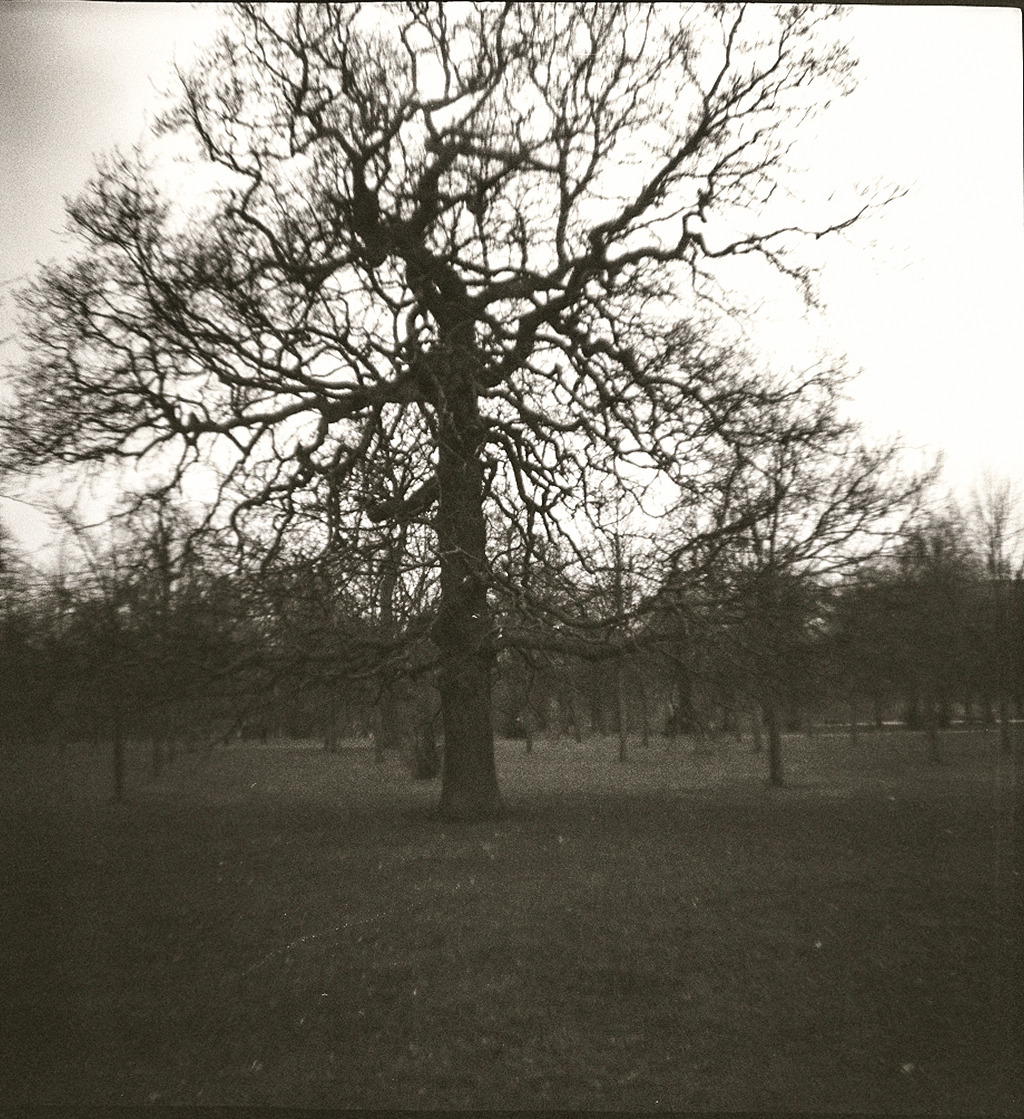April 8th, 2018
Medium Format Lomography
Every photographer, including myself, once in a while return to the basics of photography and temporarily (or some, permanently) turn away from their digital camera and experiment with film photography.
But why film photography?
1. Film Photography Was Already Perfect
Those of us lucky enough to have photo albums from the ’90s and before tucked away in our parents’ homes will undoubtedly take great joy in flicking through the tattered card pages, looking through the embarrassing portraits, day trips to the zoo, the beach, birthday parties and that time our trousers fell down in the park. The point I’m making is these vernacular photo albums were perfect and they were all shot on film.

2: It Slows You Down
This reason can fall into both pro and con categories for a reason to choose film over digital, however the more accomplished photographer will tell you that a methodical approach is a much preferred way of achieving your goals. A typical roll of film only has about 24 exposures compared to the 10,000+ JPEGs you can store on a 32GB memory card (or 347,000 on a 512GB).
3. The Pictures Are Permanent
How old is the oldest digital photograph you have, and where is it stored? Unless you’re incredibly organized, much of your first digital archives have already been lost. All it will take is one little knock and the hard drive with the last five years of holiday snaps and your only backup of them could suddenly be gone permanently – technology isn’t built to last forever.

4. It “Just Looks Better”
It’s difficult to not take issue with this reason as there are plenty of Lightroom filter packs that can emulate different types of film photography, so in fact a RAW digital file has a great deal more scope on the final look than its traditional counterpart.
However… isn’t that just a little bit contrived? You spend thousands on the best digital camera and lens only to put it back through a filter to give it imperfections and restrictions only available in film?
5. Film Cameras Are Inexpensive
Brand new digital cameras can cost thousands of pounds, even before you start to buy lenses to suit your style. Even second hand DSLR bodies that were made redundant during the last decade are still fetching midway into three figures. When you consider film equivalents the price difference in astounding. Oversupply and the emigration of film photographers to the digital realm has meant a glut of incredibly good film cameras available at a fraction of the price they first sold for.

6. For the Imperfections
The growing Lomography movement is, if you like, the militia of film photography. These photographers are film to the bone and nothing digital (apart from social media) will stop them in their quest to bring light leaks, plastic toy cameras and imperfections back to photography. Taking enjoyment from a poor aesthetic photography is what Lo-fi or Lomo is all about, and this can have fantastic serendipitous results.
7. The Element of Surprise
The youth of today will have absolutely no idea what it’s like to walk home from the chemists with a pack of freshly developed film and prints, bursting with excitement for the hidden gems that are concealed. Instant gratification is all too rife with digital photography these days. Whether it’s chimping at the LCD screen while you’re out on a shoot or holding up your phone at a concert, it’s a scourge on society and takes a great deal away from the joy of photography.

source: petapixel
